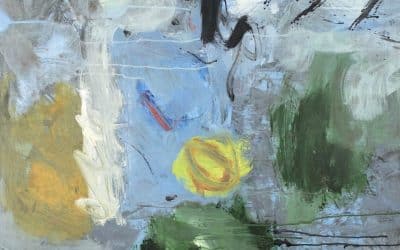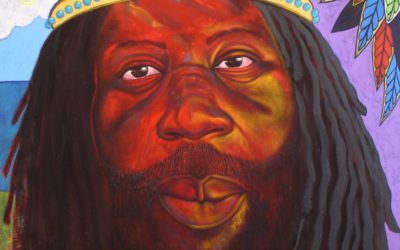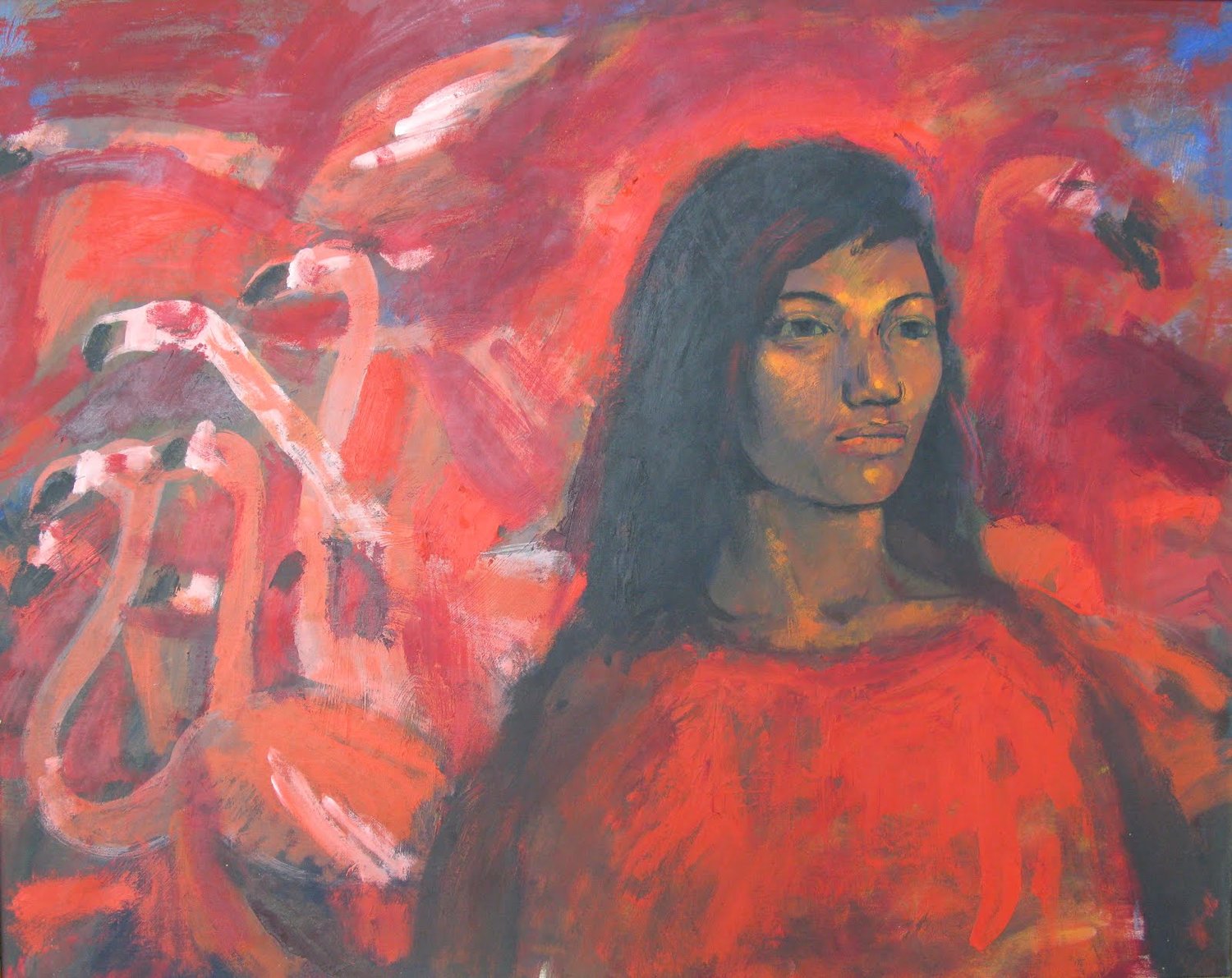
By Natalie Willis
For many at the National Art Gallery of The Bahamas (NAGB), Brent Malone’s “Balinese Woman with Flamingoes” is a favorite from the National Collection. An original Malone, the painting is considered one of the gems that has been graciously gifted to the gallery over the years (in this case, by the kindness of Jean Cookson). Painted in the last decade of his life, “Balinese Woman with Flamingoes” resulted from the intersection of several events and factors in Malone’s life at the time.
The 90s was an important decade for Malone, as his work was being recognized on both national and international levels. He was honored at the College of The Bahamas and at a solo show at the Central Bank of the Bahamas. Perhaps, most importantly to Malone himself, he received the honor of becoming a Member of the British Empire and met Queen Elizabeth II herself.
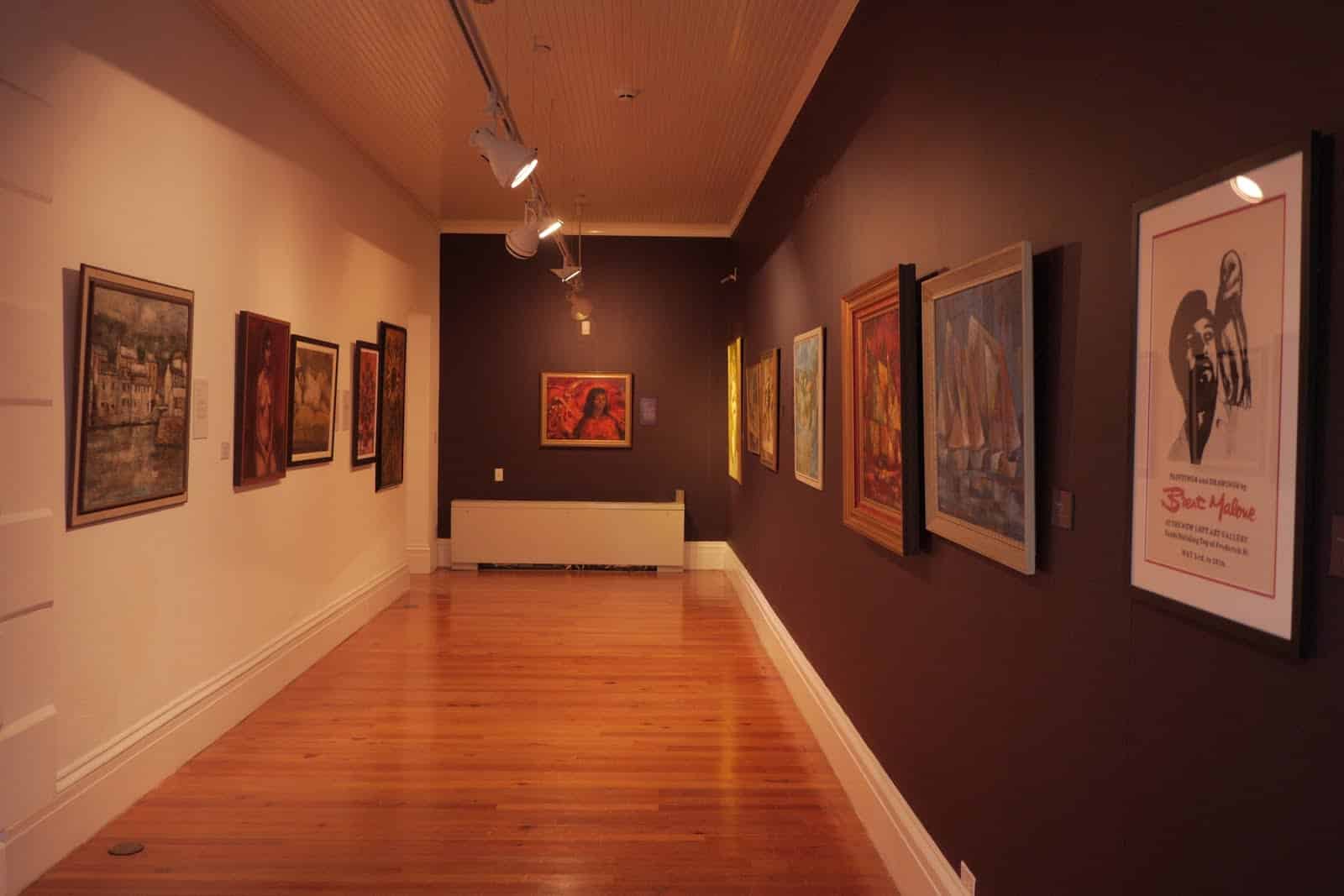
Having just secured the UBS mural commission, he took his daughter, Marysa, on a three-month trip to Indonesia – visitors at the gallery can find evidence of this in the pensive portrait of the Balinese woman, which at first glance seems so reminiscent of Gauguin’s paintings of Tahitian women and girls. There is, however, a fundamental difference between the two artists (time-periods aside) that lies in the gaze through which they painted and observed their subjects. Both viewed their subjects with what could be a near-unavoidable male gaze, but where Gauguin sexualized his subjects and transformed them to exotic beings, Malone’s painting gives off the impression that he immersed himself in the culture and used his painting as a way to understand another society. In “Balinese Woman With Flamingoes”, his subject is sensory and sensual, rather than sexualized.
One theory is that this approach stems from his experience as “the Other”, being white in a predominantly black country. A feeling of marginalization is common among minority groups in all countries, and The Bahamas is no exception. It may be because of this that he approached his subjects with a sensitivity to their humanity.
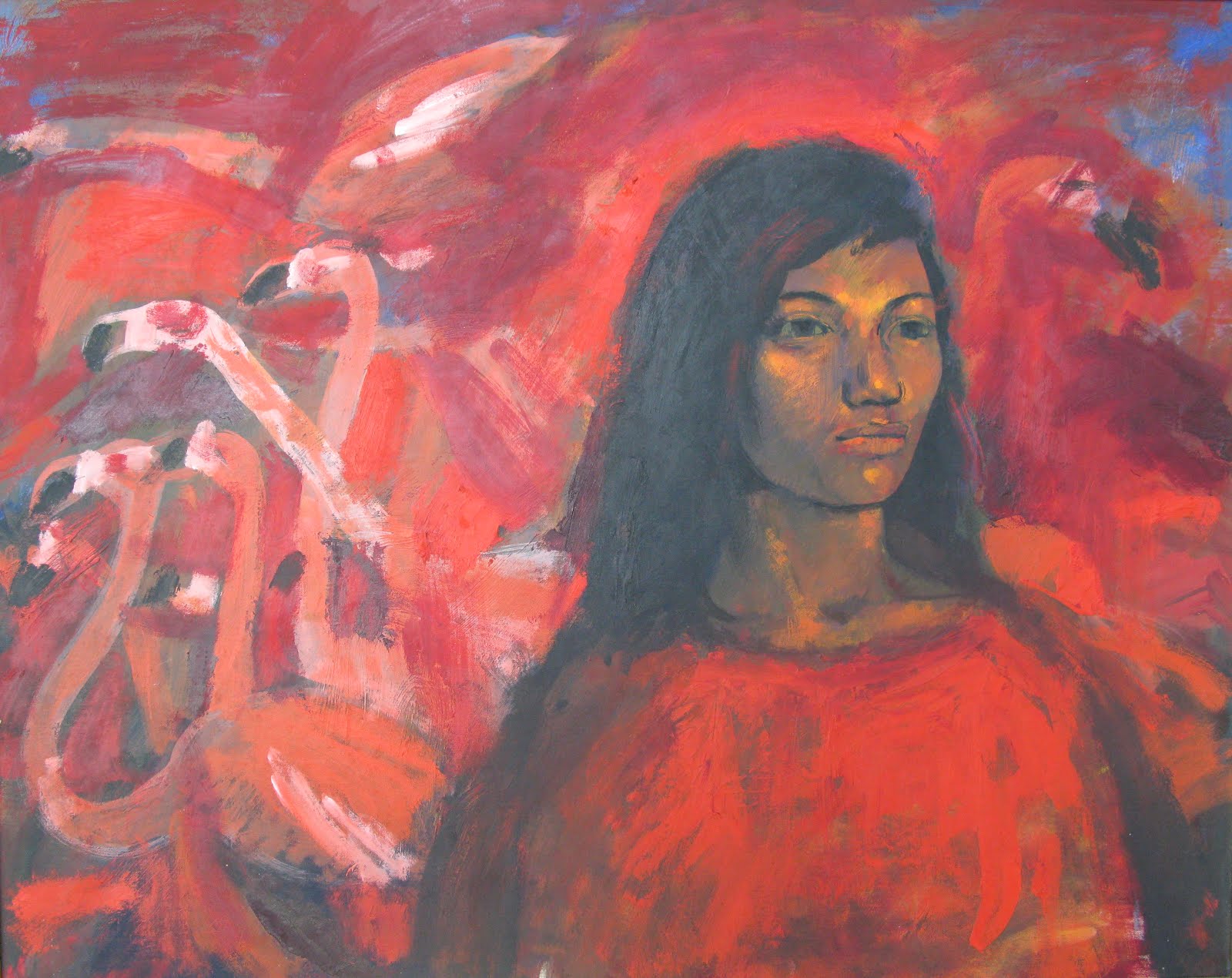
The brushstrokes are full of the looseness, movement and vibrancy associated with Malone’s work, but the woman appears purposefully still; Malone thereby makes her the focus of the work amidst a pink and crimson cacophony of tropical birds. Though Balinese, the woman somehow seems familiar. Her features are reminiscent of those found in mixed-race Bahamians and indigenous peoples. Her eyes are trained forward, focusing on something in the distance, which brings to mind the motto of The Bahamas: ‘Forward, upward, onward, together’; another national symbol is clearly the bizarrely beautiful flamingo. In some ways, it could be said that Malone was inserting his own Bahamian cultural sensitivities and understandings into the painting.
Malone appears to integrate himself into the environment of the Balinese woman, just as he integrated himself so firmly into Bahamian culture after returning home from university, and carved a path for Bahamians of European descent to claim Bahamianness. Many believe that Malone’s work has such wide appeal because it deals with the fundamentals of soul, getting to the heart of Bahamianness.
